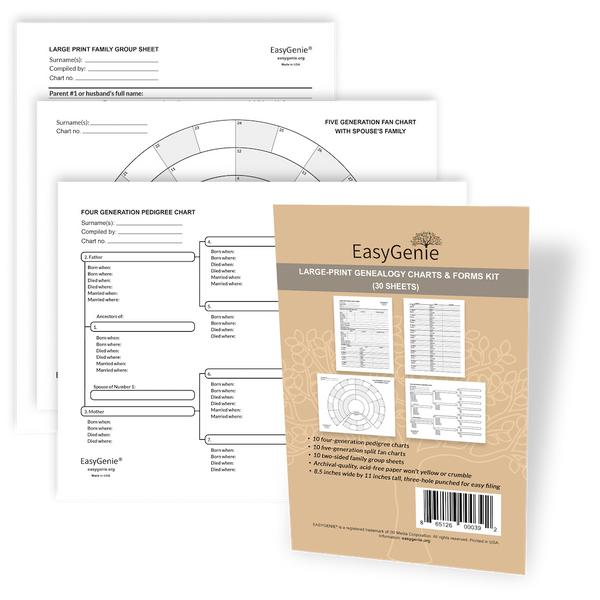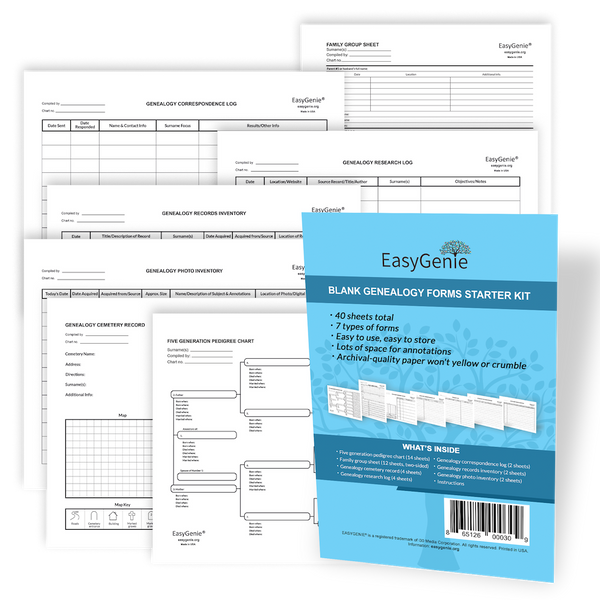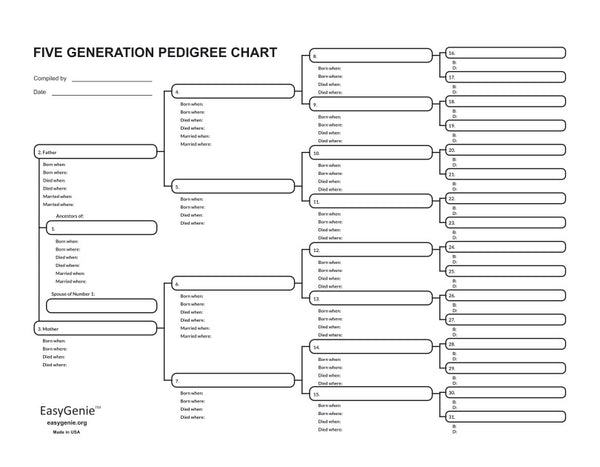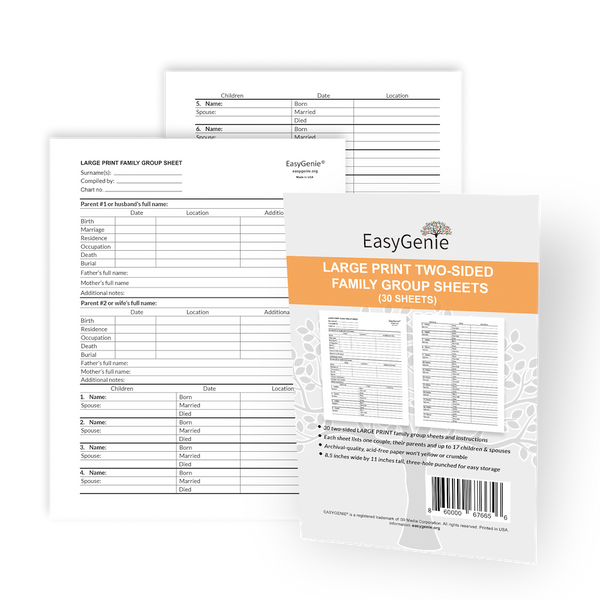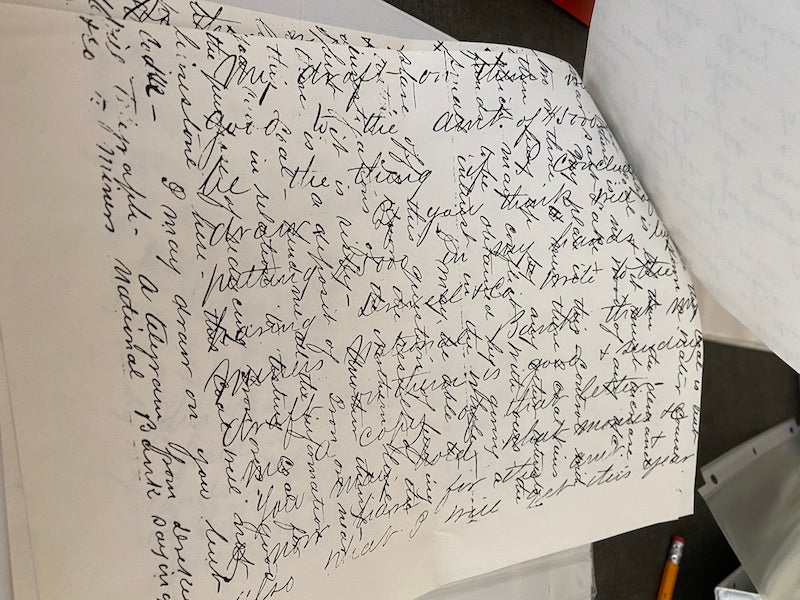
Mysterious letter from the 1860s is an example of "cross-writing"
Ian Lamont
Going through some family documents last weekend, I stumbled upon a copy of a strange handwritten letter. Was it a photocopying error? A cipher?
Neither! It's an example of a technique known as cross-writing. The cursive is readable no matter which direction the sheet is oriented, and allows for more text to be included on a single sheet of paper. You can see a short cross-writing video on the EasyGenie YouTube channel.
Why do this? In a nutshell, it was a way to save money on paper and postage.
This particular example from 1868 describes a mining venture in Utah. Writing paper was scarce in frontier areas, and domestic postage cost 3 cents per half-ounce from 1863 until 1883. A two-page letter written on good paper with an envelope could very well cost twice as much as a one-page letter, so cross-writing was a way to economize.
Pretty neat!



